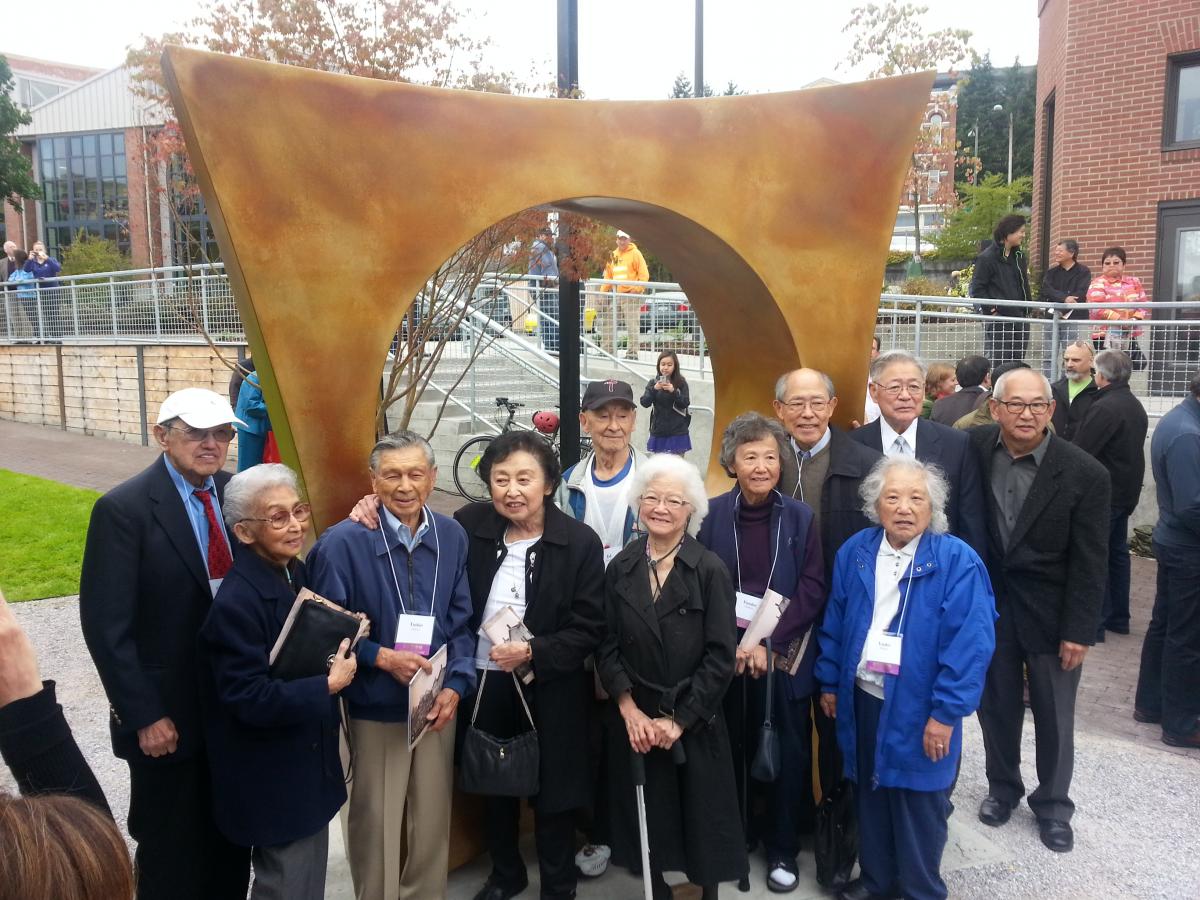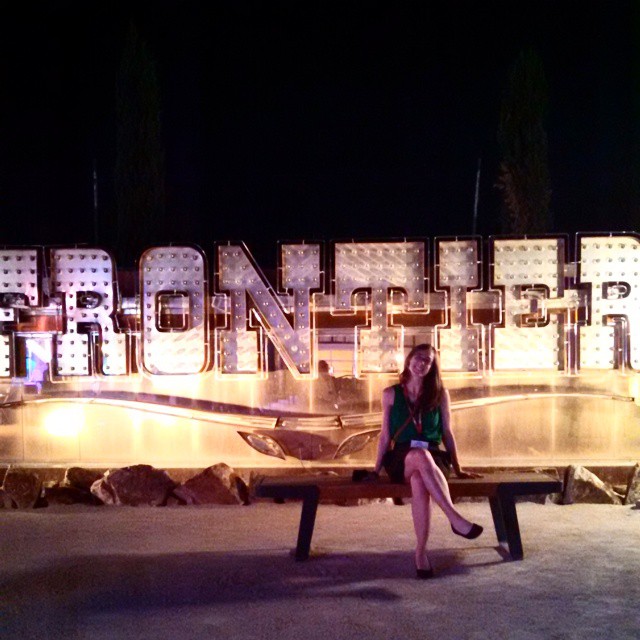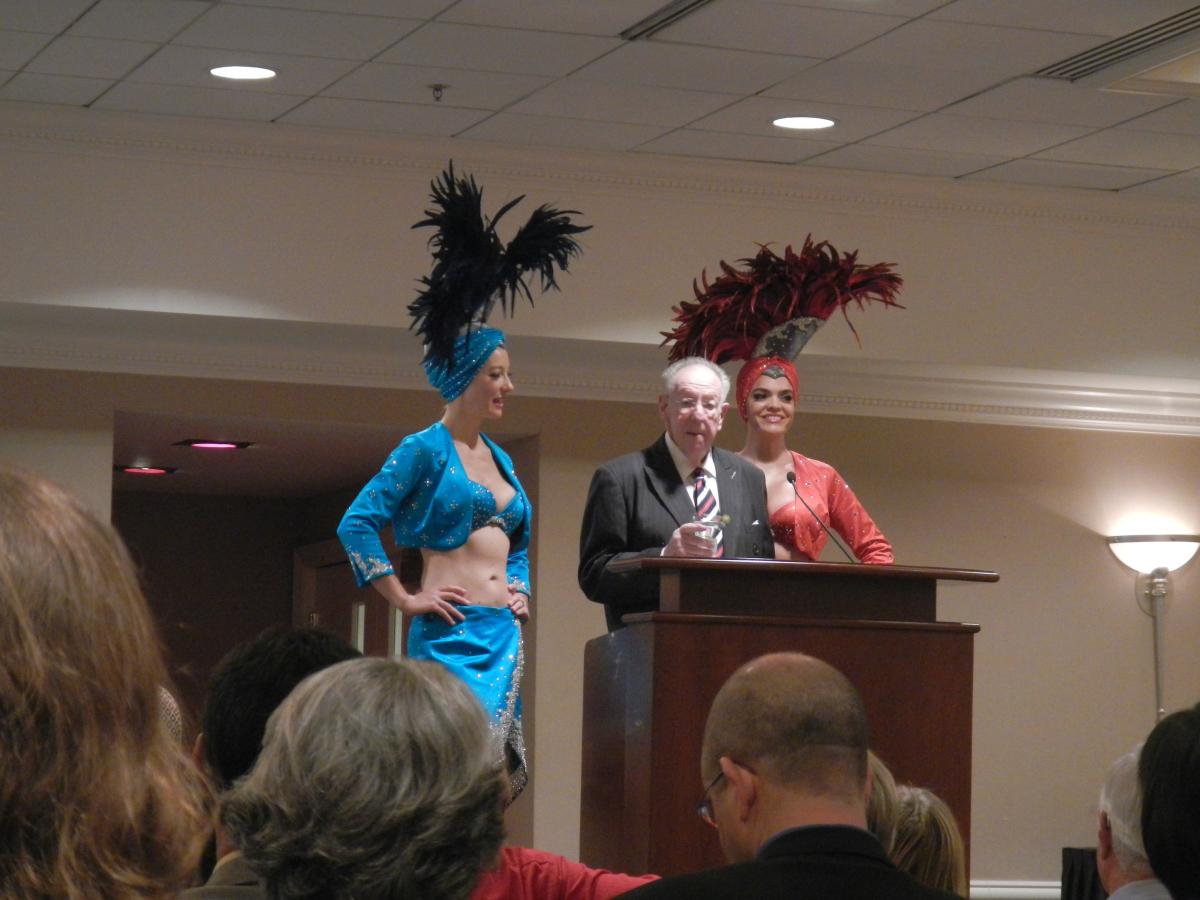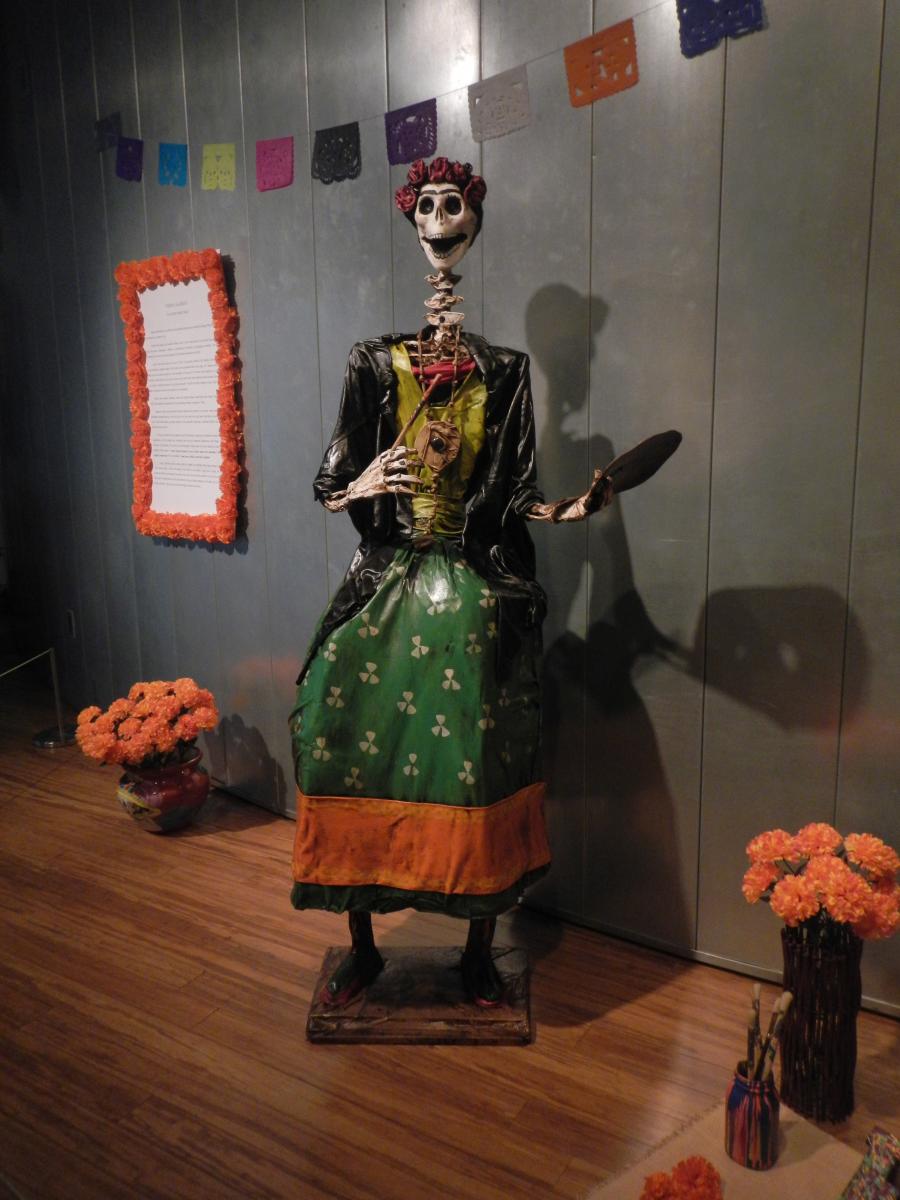By Molly Wilmoth
This post was written by a recipient of a Wanda Chin Scholarship to attend the 2014 Annual Meeting
First and foremost, I would like to commend the staff and board of the Western Museums Association (WMA) for producing an Annual Meeting that so embodies the organization’s core values. As a first time attendee, it was clear WMA values fostering collegiality, inclusion, and trust amongst its members while also ensuring a commitment to excellence while having fun. When I decided to apply for the Wanda Chin Scholarship to attend the 2014 Annual Meeting, I hoped to learn more about engaging the community around the Washington State History Museum in Tacoma as I am the Community Outreach Specialist. Fortunately, the sessions selected by the programs committee highlighted WMA’s other core value of social benefit. Because “the Western Museums Association supports the work that institutions do for their communities, and we seek to inspire excellence in this service to the public,” I felt as though I returned from the 2014 Annual Meeting inspired and armed to recommit to our institution’s initiative to become a beloved community museum that is welcoming and reflective of the local region and not only the state as a whole.
Former Las Vegas Mayor, Oscar Goodman addressing the WMA
I was thrilled to find an entire subset of sessions labeled as Community Engagement in the program key this year. These sessions were to offer more information about how museums can “stay relevant” while also describing strengthening and creating partnerships and new initiatives within the community. Thrilled to have so many diverse options within the program, I was able to attend a number of the Community Engagement sessions including “Bienvenidos! Engaging Latino Audiences and Building Cross-Cultural Bridges,” “Great Community Places: Museums as Third Spaces,” and although technically labeled as Visitor Experience as opposed to Community Engagement, “Speaking for Others.” On first read through the descriptions of many of these sessions, some seemed to be only marginally related to our museum and its community. However, after attending the sessions, all of the presenters offered an interesting and unique insight which was also questioned and discusses by the larger group audience to provide myriad of pertinent ideas and acumens many attendees could take home to their own institutions.
The “Bienvenidos!...” session focused on the strategies of how several institutions created strategies for engaging their Latino population, as well as providing background on why institutions should care about engaging this particular population. The most significant takeaway from the panel presentation was Gabriel Martinez’s advice of organically growing your institution’s interactions with the surrounding community. She described her experience in developing events, programming, and partnerships at the Museum of Latin American Art in Long Beach, CA that would bring in neighboring Latino families. Gabriela’s advice was not a straight forward to-do list of how to engage Latinos, but instead a description of first a departmental and then an institutional adoption of a new value to work with and reflect the local community in their museum’s work. The museum did not just guess at what they believed the local Latino population wanted to see or do; Gabriela and her team went out into the community to talk, ask questions, and personally connect with local businesses and community groups. She explained the dramatic change in reflecting the community in their museum’s exhibitions and events took listening, and plenty of time, a concept that is certainly translatable to any museum.
Another session of particular interest was titled “Speaking for Others” and included museum professional notables Dr. Dana Whitelaw, Kathey Talley-Jones, and James Pepper Henry. All of these tremendous speakers provided interesting insight into the difficulty of representing various populations through exhibitions and programming. Dana’s presentation about an exhibition at the High Desert Museum in Bend, OR stood out as a practical approach to representing diverse audience viewpoints. The High Desert Museum had been approached by the Oregon Cattleman’s Association about developing an exhibition describing the history of raising cattle in the area, as well as the innovations and advancements in the field over the years. Dana explained the complication was in the fact the organization lobbies and is involved in politics in the region that do not necessarily reflect the viewpoints of all of Bend’s area locals. The museum decided to invite the Oregon Natural Desert Association to be part of the exhibition as well to offer another viewpoint on the development of cattle herding in the area, particularly related to the decline in the sage grouse and other native animal populations. I was incredibly impressed with the museum’s ability to take an exhibition that threatened to offer only one side of a story and create a space in which visitors could learn more about the complexities of an industry and how it affects the natural and economic environment of a large community.
Learning more about engaging the museum community was not only confined to session rooms. The 2014 Annual Meeting also provided opportunities to see community engagement in true-to-life exhibitions at the Mob Museum, Neon Museum, and Springs Preserve. I was particularly impressed with the Dia de Muertos exhibition at the Springs Preserve that displayed vibrant alters as well as incredibly artistic photographs of families celebrating the Latin American holiday. The exhibit was not only fascinating, but also eye-catching and fun. Even when I wandered through the gift shop and asked the store representative about the Dia de Muertos jewelry on display, it was an opportunity for engagement. She told me all about the significance of the skull in the celebration and why it was used on jewelry and invited me to attend their upcoming annual Dia de Muertos event. The museum receives thousands of visitors on the two days of the festival alone who see performances and community created altars. I truly felt welcomed by the Springs Preserve and was honestly disappointed I could not participate in such a fun-filled community event that so clearly reflected the culture of the surrounding community.
From the "Celebration of Souls" exhibit at the Springs Preserve
I realize this may sound contrived and cliché, but I just don’t care; I came back to the Washington State History Museum reinvigorated in continuing my work in Tacoma as the Community Outreach Specialist. The 2014 Annual Meeting confirmed my long-held belief that strengthening partnerships and creating real roots in the community takes time and plenty of energy. Attending meetings with groups such as the Tacoma Art Group, Downtown Merchants’ Group, Tacoma Arts Commission, and the Camp Harmony Committee keeps me in touch with developments and insights from the community. I also make a concerted effort to attend as many events hosted by community organizations as possible because this provides a venue to meet community members and get to know them outside of my regular office environment. The day after I returned from the 2014 Annual Meeting, I attended a sculpture unveiling and commemorative ceremony honoring the Tacoma Japanese Language School. Complete with Taiko drumming, Buddhist blessings, a statement from the artist himself, and a description of the school from a former student who attended the school before it was closed during World War II, the event was a wonderful way to connect with many different individuals in the community who care deeply about Tacoma’s cultural history. Recognizing many faces at the event as those I have worked with in developing programs, future exhibitions, and awareness groups confirmed the many lessons I learned at the WMA Annual Meeting this year. I am inspired by my local community and sustained by the value also held by WMA of social benefit.

Former Tacoma Japanese Language School students at the sculpture unveiling event
Thank you Western Museums Association for the opportunity and the inspiration. Maybe I will even consider working on a session proposal for next year…
 Molly Wilmoth is the Community Outreach Specialist at the Washington State History Museum in Tacoma, Washington. Learning is her biggest passion, hence a BA in History, MA in Education, teaching certificate, and Museum Studies Certification. Molly states, “I am a history nerd. I love history, but what I love even more than history is getting the opportunity to share my love of history with many diverse people as well as creating new ways to interpret and view history.”
Molly Wilmoth is the Community Outreach Specialist at the Washington State History Museum in Tacoma, Washington. Learning is her biggest passion, hence a BA in History, MA in Education, teaching certificate, and Museum Studies Certification. Molly states, “I am a history nerd. I love history, but what I love even more than history is getting the opportunity to share my love of history with many diverse people as well as creating new ways to interpret and view history.”










Add new comment